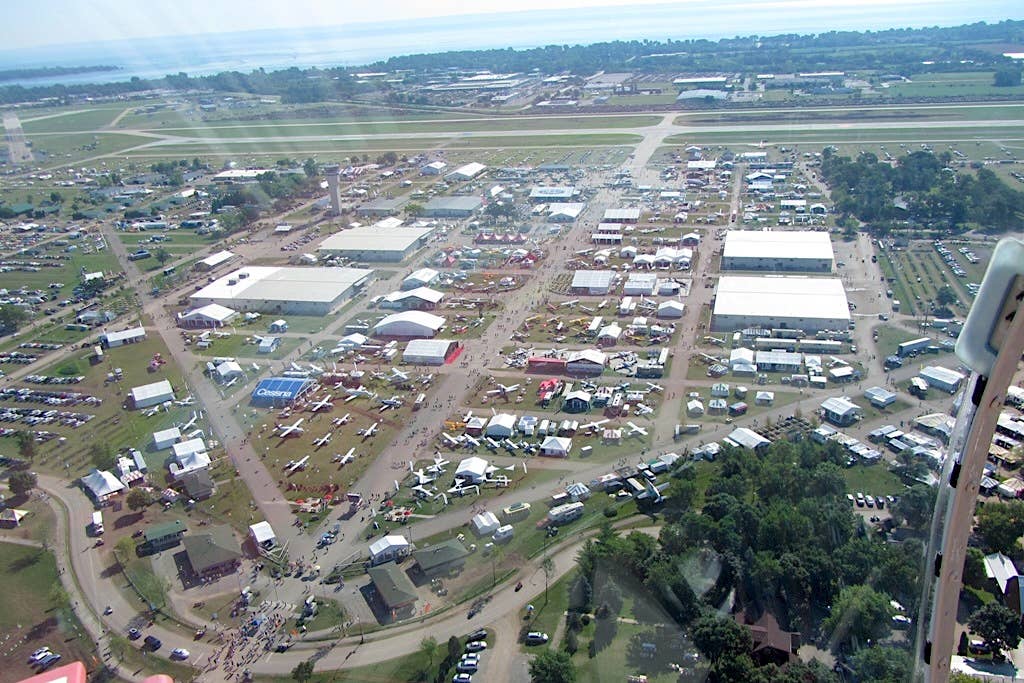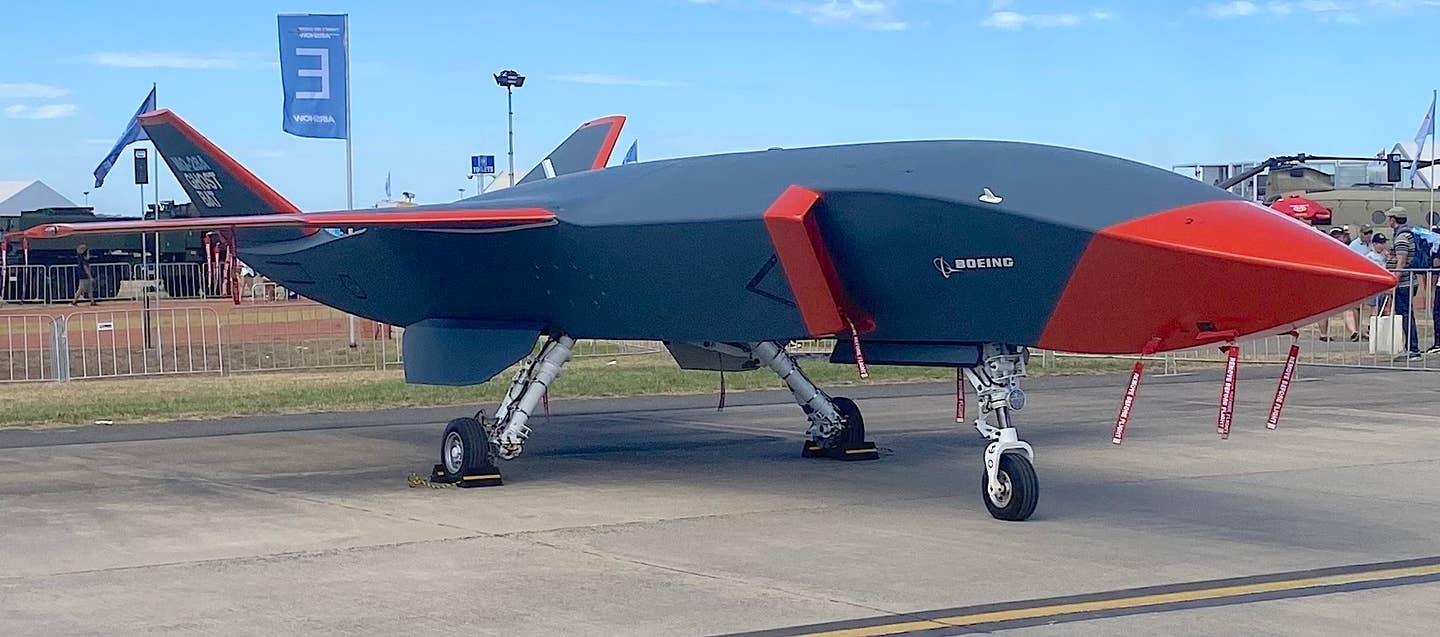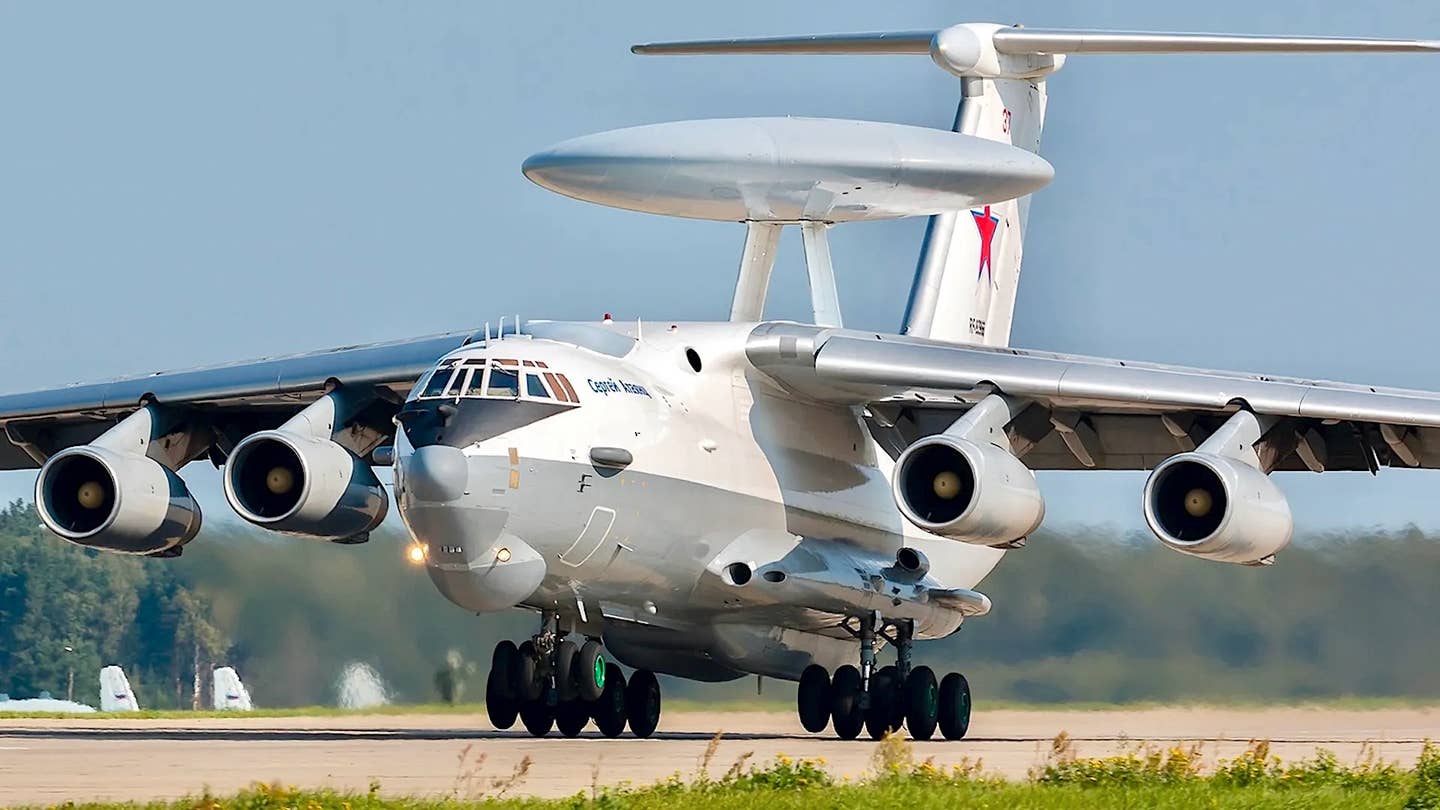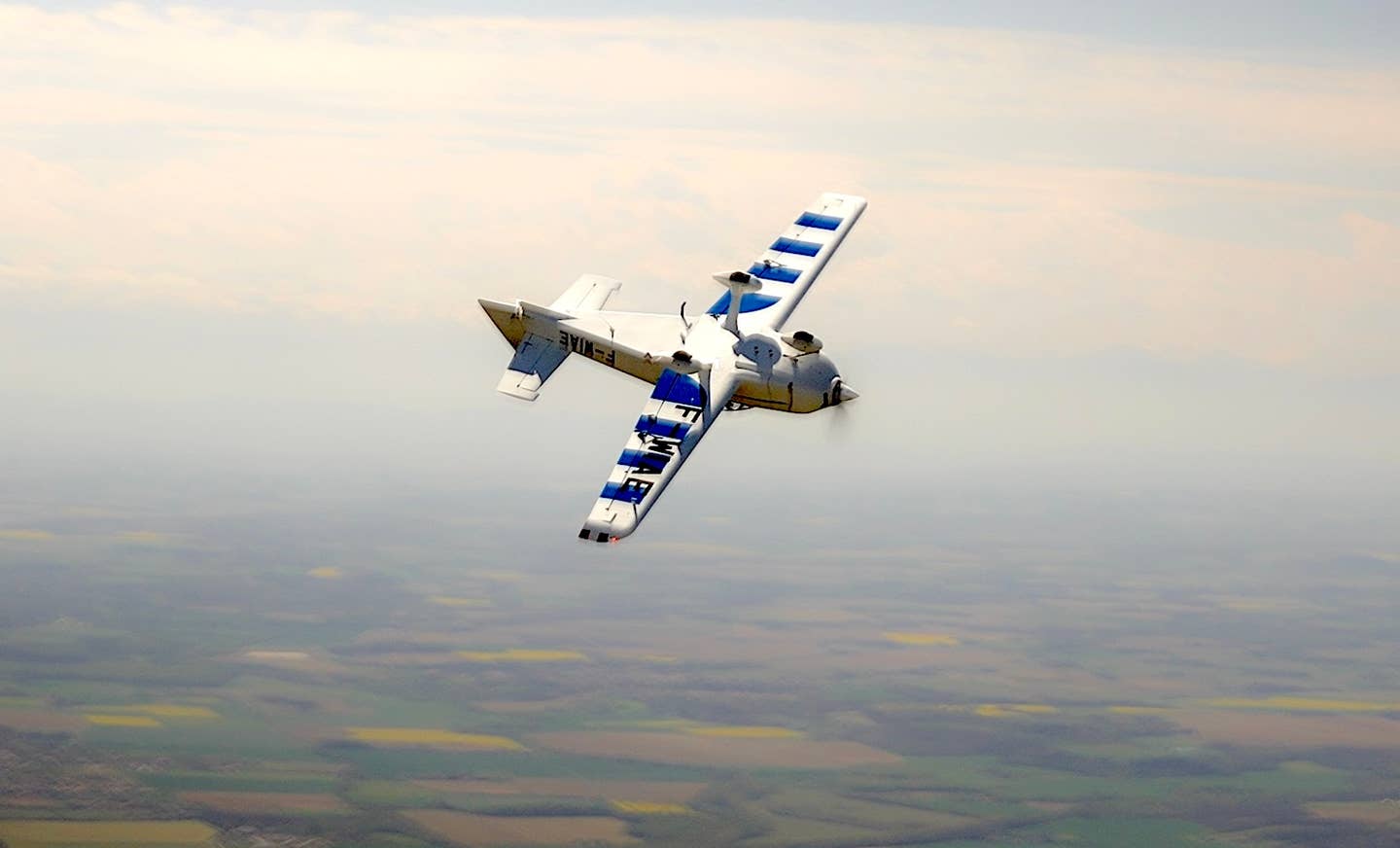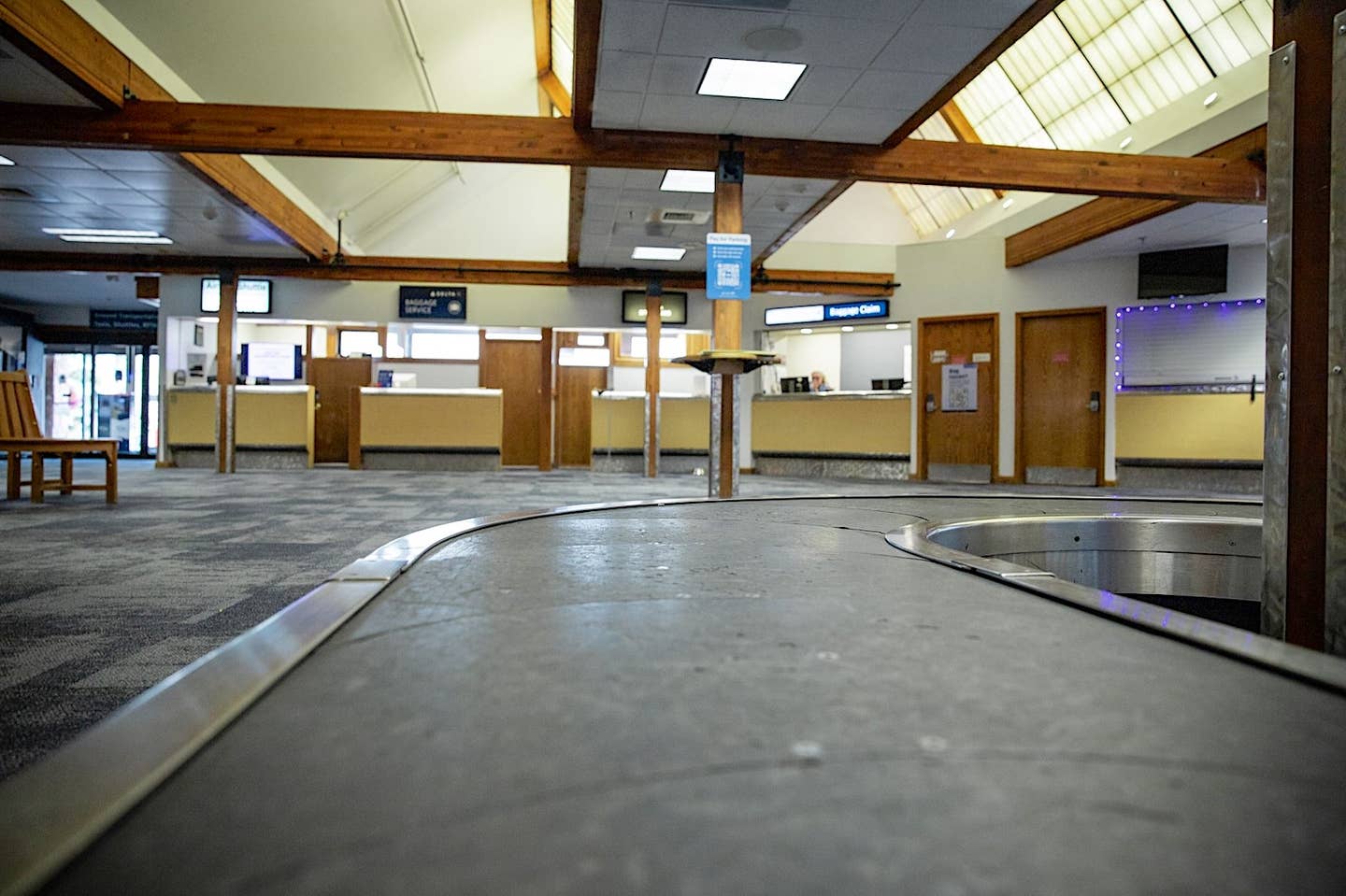Last Two Marine Harrier Pilots Get Their Wings
The Marines have trained their last two AV-8 Harrier II pilots as the Corps begins the final phaseout of the VTOL jet. “The significance of the last replacement pilot training…
The Marines have trained their last two AV-8 Harrier II pilots as the Corps begins the final phaseout of the VTOL jet. "The significance of the last replacement pilot training flight in the Harrier community is that it is the beginning of the end for us as a community," said Capt. Joshua Corbett, who with Capt. Sven Jorgensen who flew their final training flights at Marine Corps Air Station (MCAS) Cherry Point, North Carolina, last Friday.
"The Harrier, more than many aircraft that I have come across, elicits an emotional response. For members of the public, members of the aviation community, members of the Marine community, and especially members of the Harrier pilot community, it's bittersweet. All good things have to come to an end, and it's our turn soon, but not yet."
The Harrier, an adaptation of the British airplane of the same name, will be replaced by the F-35B, which has a vertical thrust fan midships and pivoting tail nozzle to aid with extremely short takeoffs and allow vertical landings. The transition will be complete in September of 2026. The Harrier has been in service for 40 years and is known for its ruggedness and versatility. Most recently it has been credited with numerous drone kills in the Red Sea while protecting merchant shipping from Houthi rebel attacks.

